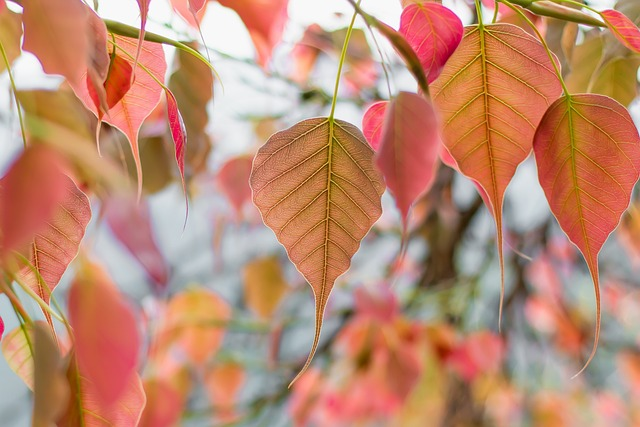Peepal Tree: What are the Ayurvedic Benefits and Uses For The Skin

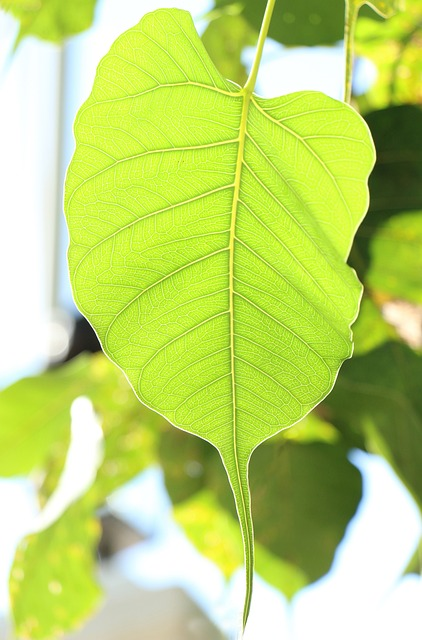
In the world of Ayurveda, traditional Indian medicine, the Peepal tree, scientifically known as "Ficus religiosa", or sacred fig, holds a special place of reverence. This sacred tree, sometimes also called the bodhi tree, pimple tree, pipal tree, or pippala tree, has been a part of Indian culture on the indian subcontinent for thousands of years, and its leaves, in particular, are believed to have a wide range of applications in Ayurvedic medicine. Among its many uses, peepal leaves, which is in the fig or mulberry family, are highly regarded for their skin-friendly properties. In this article, we will explore the Ayurvedic benefits and uses of peepal tree and leaves for the skin.
The Peepal tree
The peepal bark holds a revered status in the world of Ayurveda, India's ancient system of holistic healing. This peepul tree, native to the Indian subcontinent, stands as a symbol of deep spiritual and medicinal significance, ingrained in the beliefs and practices of multiple religions, including Hinduism, Buddhism, and Jainism, the three major religions in India.
Beyond its spiritual connotations, the bodhi tree plays a pivotal role in the practice of Ayurveda, where it is classified as a "Medicinal Plant" or "Oushadha Vana." Ayurveda, a holistic system of medicine with roots dating back over 5,000 years, recognizes the therapeutic potential of various parts of the peepal tree, including its leaves, peepal bark, seeds and roots.

Throughout Ayurvedic history, the sacred fig tree has been extensively utilized for its healing properties. Its leaves, in particular, are known for their wide range of medicinal applications, not only for skincare but also for various other health issues.
Ayurvedic texts and practitioners have documented the use of leaf juice in treating ailments such as digestive disorders, gastric problems, respiratory issues, and even as a remedy for diabetes. The leaves are often incorporated into Ayurvedic formulations, where their unique properties are harnessed to promote overall well-being.
It is a testament to the intricate interplay between nature, spirituality, family, and holistic healing in the Indian cultural landscape. Understanding the deep-rooted reverence for the sacred fig tree provides valuable insight into the rich tapestry of traditions.
Nutritional Composition of Peepal Leaves
Peepal leaves of the peepal tree are rich in essential nutrients and bioactive compounds, which contribute to their medicinal properties. They contain vitamins, minerals, antioxidants, and phytochemicals that can benefit the skin in numerous ways.
-
Vitamin C: Peepal leaves from the ficus religiosa are a good source of vitamin C, an antioxidant that helps protect the skin from oxidative damage caused by free radicals. It also plays a vital role in collagen production, promoting skin elasticity and reducing the appearance of wrinkles.
-
Antioxidants: These leaves are packed with antioxidants like flavonoids and polyphenols, which combat free radicals and prevent premature aging of the skin.
-
Vitamins and Minerals: Peepal leaves contain vitamins A, B, and K, as well as essential minerals like calcium, magnesium, and iron. These nutrients nourish the skin and contribute to its overall health.
-
Tannins: Tannins found in Peepal leaves have astringent properties, which can help tighten the skin and reduce the appearance of pores.
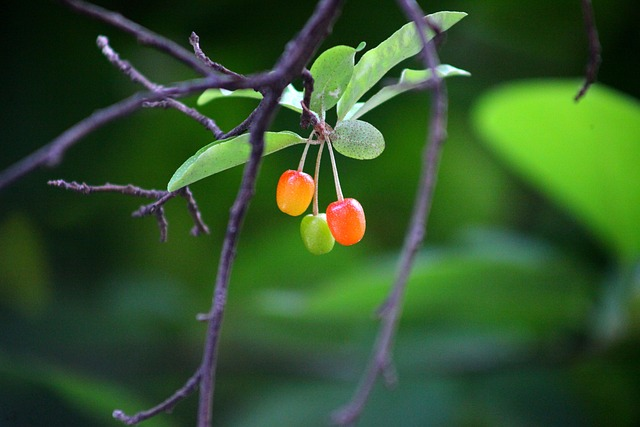
Benefits for Skin
Now, let's focus on the the specific benefits of peepal trees for the skin:
-
Skin Cleansing and Detoxification: Peepal leaves possess remarkable detoxifying properties. When applied as a paste on the skin, they act as a natural cleanser, drawing out impurities, pollutants, and toxins that accumulate on the skin's surface. This cleansing action not only refreshes the skin but also promotes a healthier and more radiant complexion.
-
Treatment for Skin Infections: The antimicrobial and anti-inflammatory attributes of peepal leaves make them a valuable resource in the treatment of various skin infections. Conditions like eczema, psoriasis, and dermatitis often involve inflammation and can lead to intense itching, redness, and discomfort.
-
Acne and Pimple Control: For individuals with oily or acne-prone skin, peepal leaves offer a natural solution for acne and pimple control. Excessive oil production is a common trigger for acne, and Peepal leaves' astringent nature helps regulate oil secretion.
-
Skin Allergy Relief: Allergic skin reactions, such as rashes or hives, can be intensely uncomfortable. Peepal leaves, with their anti-inflammatory properties, provide much-needed relief. The natural cooling effect of peepal leaves also helps calm the skin, making them an excellent choice for managing various forms of skin allergies and sensitivities.
-
Skin Tightening and Wrinkle Reduction: As mentioned earlier, peepal leaves contain tannins, which give them natural astringent properties. These tannins have a skin-tightening effect, making Peepal leaves valuable in combating loose or sagging skin. Regular use of peepal leaf-based skincare can lead to a noticeable improvement in skin elasticity. Fine lines and wrinkles become less prominent, giving the skin a firmer and more youthful appearance.
-
Wound Healing: Peepal leaves' antimicrobial and healing properties extend to their role in wound healing. When applied to minor cuts, wounds, or insect bites, it can expedite the recovery process. The antimicrobial action prevents infection, while the healing properties promote faster tissue regeneration. This makes peepal an excellent natural remedy for minor skin injuries, ensuring that they heal efficiently and with minimal scarring.
-
Skin Brightening: Achieving a brighter complexion is a desire shared by many, and peepal leaves can help fulfill that goal. Regular use of peepal leaves on the skin can reduce pigmentation and dark spots, giving rise to a more even skin tone.
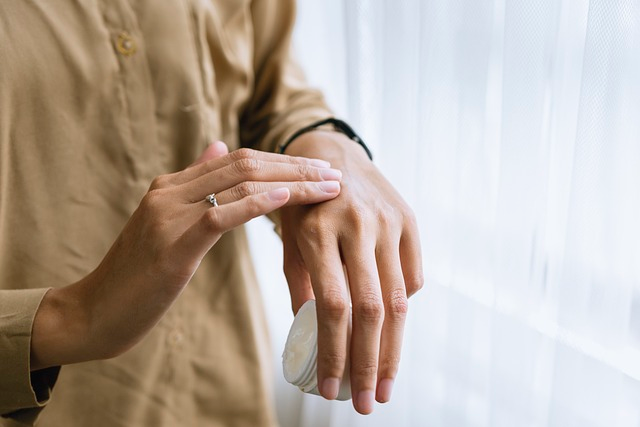
Incorporating peepal leaves into your skincare routine offers a holistic approach to maintaining healthy and radiant skin. With their array of Ayurvedic benefits, these leaves provide natural solutions to a variety of skin concerns while nurturing the skin's overall health and vitality.
How to Use Peepal Leaves for Skin Care
Incorporating peepal leaves into your skincare routine is a wonderful way to harness their Ayurvedic benefits for radiant and healthy skin. Here's a more detailed exploration of how to use peepal leaves effectively in your skincare regimen:
1. Peepal Leaf Paste
-
Begin by getting fresh Peepal leaves from a healthy tree. Ensure they are clean and free from any contaminants.
-
Wash the leaves thoroughly to remove any dirt or residues.
-
Grind the washed leaves into a fine paste using a mortar and pestle or a blender. You can add a small amount of water to facilitate the grinding process.
-
Apply the Peepal leaf paste directly to your clean skin, focusing on the areas of concern.
-
Leave the paste on your skin for approximately 15-20 minutes to allow the active compounds to work their magic.
-
Rinse your face with cool water to remove the paste. Pat your skin dry gently with a clean towel.
-
This treatment can be done 2-3 times a week to achieve the best results.
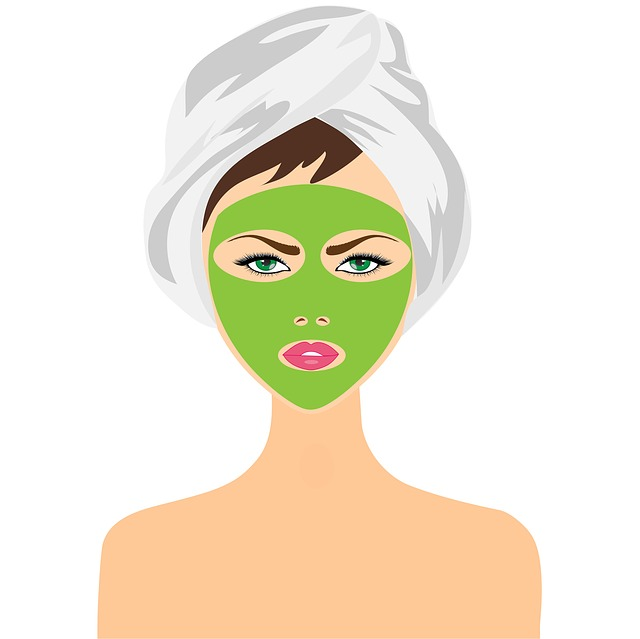
2. Peepal Leaf Infused Oil
-
Collect dried Peepal leaves, ensuring they are completely dry to prevent mold growth in the oil.
-
Choose a carrier oil like coconut oil or sesame oil, known for their moisturizing properties.
-
Place the dried Peepal leaves in a clean, dry glass jar.
-
Pour the chosen carrier oil over the leaves, ensuring they are fully submerged.
-
Seal the jar tightly and place it in a cool, dark place for several weeks to allow the leaves to infuse into the oil. Shake the jar gently every few days to enhance the infusion process.
-
After a few weeks, strain the oil to remove the leaves, leaving behind the Peepal leaf-infused oil.
-
Store the infused oil in a dark glass container, away from direct sunlight.
-
Use the Peepal leaf-infused oil for a relaxing massage or as a nourishing moisturizer for your skin.
3. Peepal Leaf Face Mask
-
Create a nourishing face mask by mixing peepal leaf paste with other natural ingredients suitable for your skin type.
-
For oily skin: Mix peepal leaf paste with yogurt and a few drops of lemon juice. The yogurt helps balance oil production, while lemon juice provides additional skin-brightening benefits.
-
For dry skin: Combine peepal leaf paste with honey and aloe vera gel. Honey acts as a humectant, locking in moisture, while aloe vera soothes and hydrates the skin.
-
Apply the mask evenly to your face, avoiding the eye area.
-
Leave it on for 15-20 minutes, allowing the mask to nourish and revitalize your skin.
-
Rinse off the mask with lukewarm water, followed by a splash of cold water to close the pores.
-
This mask can be used once a week or as needed based on your skin's requirements.
4. Peepal Leaf Bath
-
Boil a handful of fresh Peepal leaves in a pot of water.
-
Allow the water to cool to a comfortable temperature, then add this peepal leaf infusion to your bathwater.
-
Soak in the bath for 15-20 minutes to allow the therapeutic properties of peepal leaves to cleanse and rejuvenate your skin.
-
Pat your skin dry after the bath, and you'll feel refreshed and revitalized.
Precautions and Considerations
-
It's crucial to conduct a patch test before using peepal leaf preparations on your face or body, especially if you have sensitive skin, to ensure you don't experience any adverse reactions.
-
Always use fresh, clean peepal leaves from a trusted source to avoid any contamination.
-
Be mindful of any allergies or sensitivities you may have to Peepal leaves or the carrier oils used in your skincare preparations.
-
If you experience any irritation or discomfort after using Peepal leaf-based skincare products, discontinue use and consult a dermatologist or healthcare professional.
Incorporating Peepal leaves into your skincare routine can be a rewarding and holistic approach to achieving healthier, more radiant skin. Remember to be consistent with your chosen method, and over time, you'll likely notice the fruits of the Ayurvedic benefits taking effect, leaving you with skin that looks and feels rejuvenated.